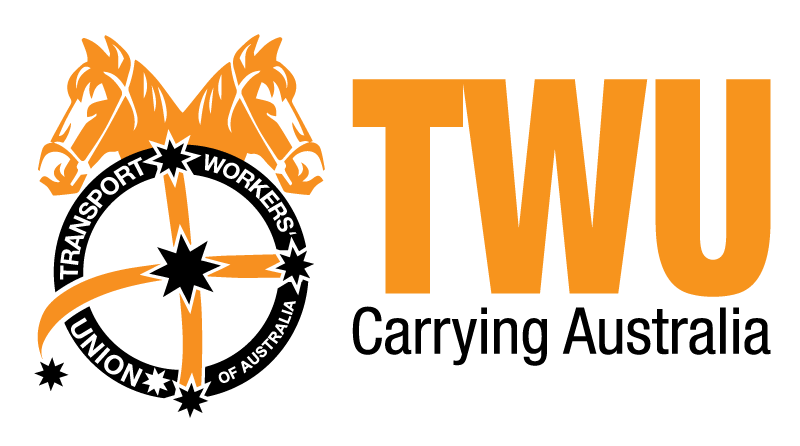As voters prepare to head to the polls, a new study from The Australian National University (ANU) shows the number of Australians who said they would vote for the Coalition dropped to just 32 per cent in early 2022.
This is not only lower than in January 2021 – nearly a year into the COVID-19 pandemic – but also lower than during the Black Summer bushfire disaster of 2019/2020.
The study used surveys from the ANUPoll series to examine changes in political attitude over three Januarys – 2020, 2021, 2022. Lead author Professor Nicholas Biddle said the two-year period between the summers of 2019-20 and 2021-22 will go down as an extraordinary one in Australia’s history.
“Of course, there have been other times of massive political upheaval, but the Black Summer bushfires and the COVID-19 pandemic created a unique set of circumstances that potentially changed the views of Australians regarding the effectiveness of the current government, and the role of government generally in Australia,” Professor Biddle said.
“Our study shows quite substantial swings in voting intentions, with the Federal Government having a relatively low-level of support – just 35.4 per cent – in January 2020, before an increase to 40.3 per cent in January 2021, and a dramatic drop between January 2021 and 2022.
“By January 2022 only 32.2 per cent of adult Australians said they would vote for a Coalition member if an election was held at that time.
“This is significantly lower than the 37 per cent who said they would vote for Labor, who would appear to have been in an election-winning position.”
According to Professor Biddle, certain key issues can help explain these changes in voting patterns.
“Those who thought environmental concerns were more serious were more likely to withdraw their support from the Coalition government,” Professor Biddle said.
“In addition to this, the Coalition seems to have lost support among females, Aboriginal and Torres Strait Islander Australians and young Australians.”
The full report is available online.








